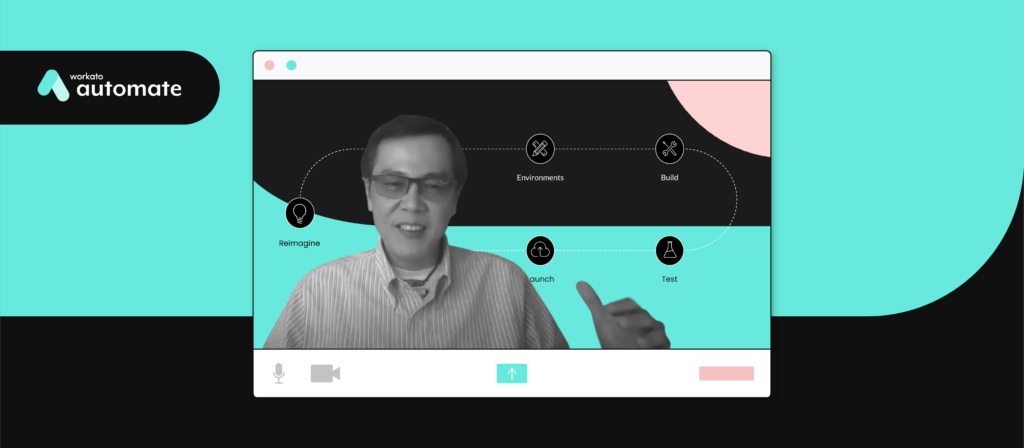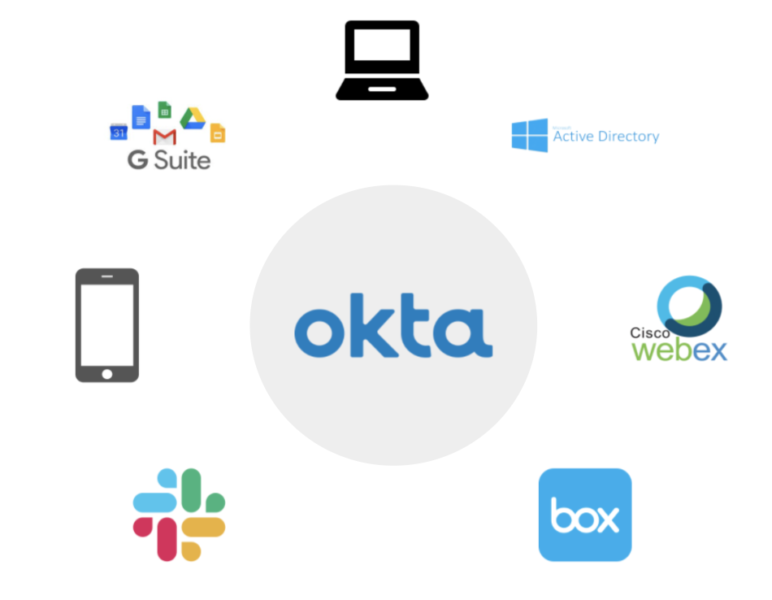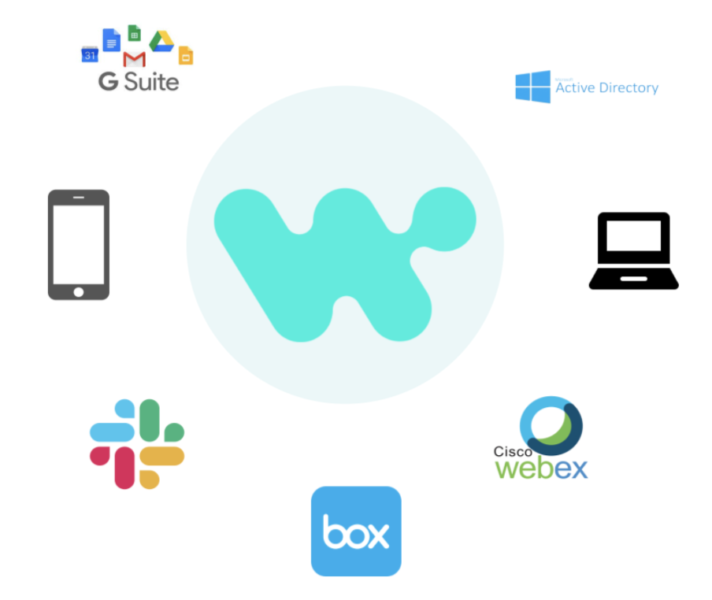Broadcom’s IT team has consistently implemented innovative and impactful automations for their employees.
This was made all the more obvious during their presentation at Automate, the #1 conference on automation.
During the session, Stanley Toh, Head of Enterprise End-User Services & Experiences, and Neeraj Malhotra, a Global IT Senior Manager, shared automations that have transformed the way their organization onboards and offboards employees. In addition, they showed us how they’ve used automation to bring employees back into their offices safely amidst the pandemic.
To get the full scoop on these automations, you can keep reading or watch the session’s recording.
Automating onboarding for employees at newly-acquired companies
As Broadcom engaged in various acquisitions, they wanted to ensure that employees at these acquired companies were getting onboarded as soon as possible.
Unfortunately, the manual processes they initially used to onboard these employees weren’t enough. Malhotra explained: “When you start talking about acquisition sizes in the tens of thousands, you don’t want to be doing that (using spreadsheets and databases) through a manual process. It’s extremely painful, error prone, and not scalable.”
To make the process easy for everyone involved and to help these new hires feel welcomed and empowered, they built out an onboarding automation where:
1. Once a new hire is onboarded in their HR system (Workday), the workflow gets triggered.
2. The information in the new hire’s Workday profile is fed into Okta, their identity platform.
3. Okta then goes on to provision the employees with access to the appropriate sets of apps, along with the appropriate permission levels, as well as equipment, like phones.
4. Once this process gets completed, the new hire’s manager gets notified via email.
This automation has led the Broadcom team to experience significant time and cost savings as they’ve expanded. Toh explains by pointing out that his team hasn’t had to hire more employees to support large-scale acquisitions.
“Since using Workato 3 years ago, we’ve acquired CA and Symantec. This led the Broadcom workforce to increase by 43%, but my service desk team didn’t increase at all. That gives you another view of (how Workato’s automations provide) scalability.”
Related: What it takes to automate at scale
Streamlining the offboarding process in multiple ways
Similar to onboarding, offboarding employees at scale simply wasn’t feasible when done manually. For starters, it led to a disconnect across functional areas (like IT and facilities) on when an employee was leaving, causing all sorts of issues—like a former employee’s badge continuing to work.
To make sure that every employee who leaves gets off-boarded comprehensively and on time, Malhotra and his team implemented the following offboarding automations.
- Regular Termination: This workflow is driven by a scheduled termination event in Workday. More specifically, it involves the hiring manager or HR leader going into Workday and marking the employee as terminated. This triggers Okta to deactivate the employee’s access to their accounts (WebEx, Box, Google Suite, etc.).
- Urgent Termination: This workflow is activated via a form. More specifically, based on the information submitted in the form—the date of the employee’s termination, their location, etc.—, Workato would interface with Okta to deactivate the terminated employee’s access to their accounts immediately.
Leveraging automation to perform effective and scalable contact tracing
As Broadcom sought to bring thousands of employees back to their offices across the globe, they wanted to make sure it was done safely.
To that end, they built a HIPPA-compliant app that asked each employee to take a daily health assessment. This included questions around their symptoms, whether they’ve had an exposure event, etc.
Once the employee passes their daily assessment, they receive a work pass, which they would need to show to security in order to enter the campus.
As the employee then moves about the campus, their movement is tracked via the app, and the app uses the TCN protocol to talk to the apps on other employees’ phones (while keeping the employees’ identities hidden). This allows the app to log when an employee is within 6 feet of another employee for longer than 10 minutes.
These logged activities allow the team to use an automation that engages in effective and scalable contact tracing. Here’s how it works:
1. As soon as an employee tests positive and it gets reported in the app, the automation gets triggered.
2. Workato notifies the regional HR team of the positive COVID-19 result, prompting the team to confirm whether the employee did indeed test positive.
3. Assuming they were able to confirm the positive test result, the team will approve the finding in their system.
4. This system will then load the employees’ anonymous TCN digits, and it will check if there’s a match in the TCN with any of the thousands of their other employees. In other words, it will check if there are any employees who’ve been within 6 feet of their colleague who tested positive, and for longer than 10 minutes.
In addition, Toh and his team use Workato to send HR teams and executives reports on a consistent cadence. This allows the regional HR teams to track the health of their sites, while allowing the executives to monitor how the initiative is performing on a more holistic level.
So, how did their contact-tracing system perform? Toh explained by emphasizing the scale and speed at which the initiative was implemented.
“We implemented phase 1 (of the contact tracing solution) in the U.S. for over 8,000 employees in just 5 weeks. And we implemented it (the solution) for the offices around the world in just 12 weeks.”
You can learn more about how Malhotra and Toh use Workato to transform the way Broadcom operates by watching the full session!


